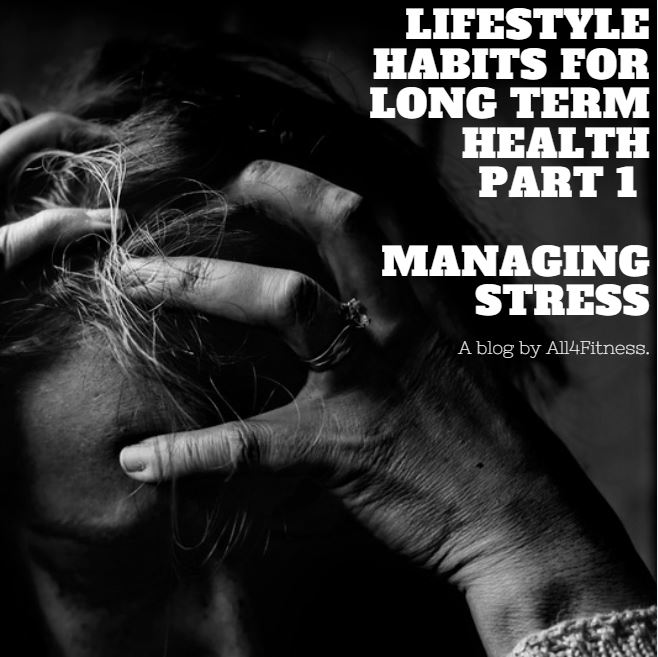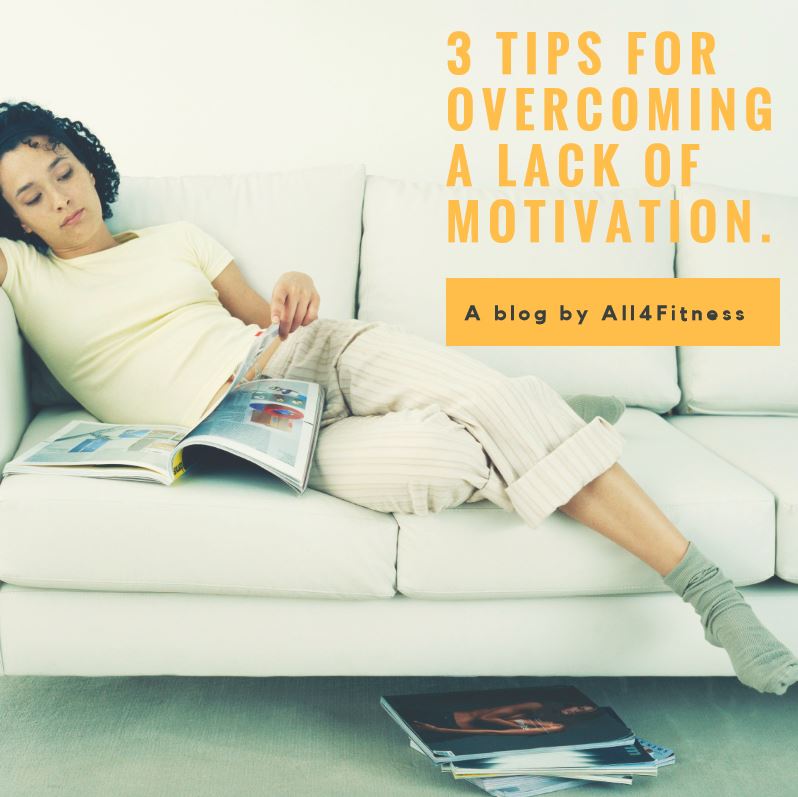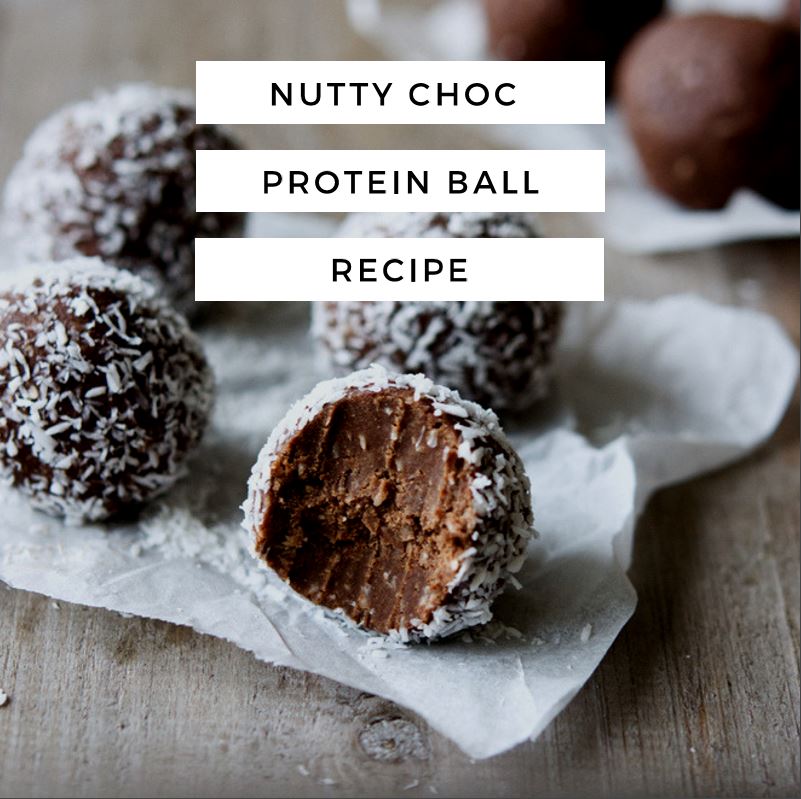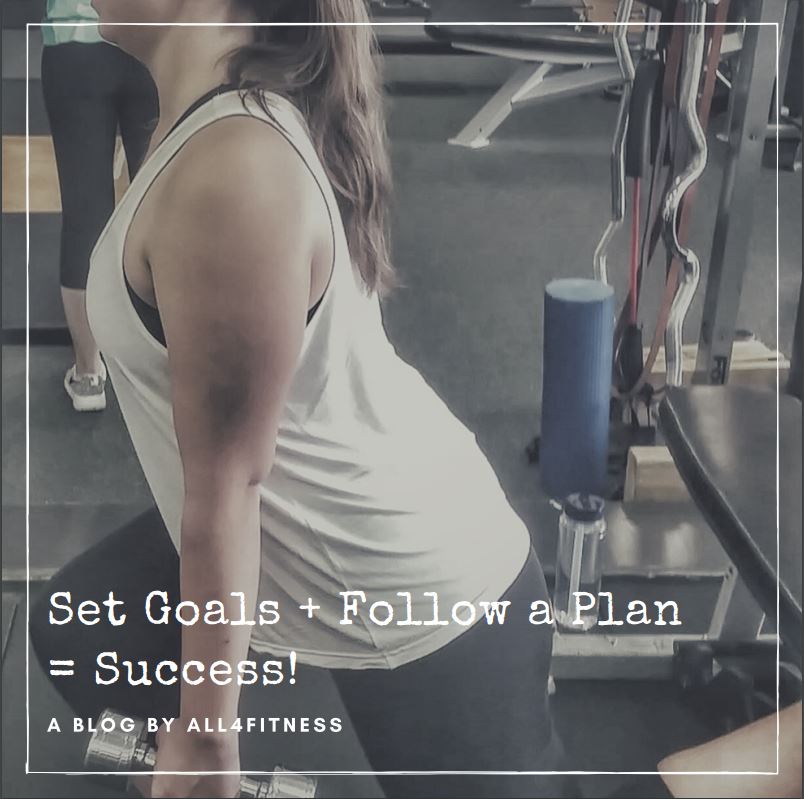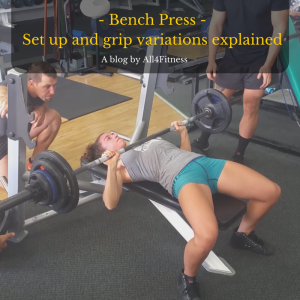Optimize your exercise and food intake.
We all know that diet and exercise are important for overall health. There is always arguments about what kind of foods to eat and when to eat them, but for the most part, you probably have an idea of what kind of foods are good for your body and what kind aren’t. Recovery should be looked at from a nutrition point of view. How well you feed your body determines how well you can recover from exercise. Simple things like eating enough protein, drinking enough water and eating plenty of green vegetables can go a long way in keeping your body happy and healthy. Even simple practices like taking the time to sit down to eat and chew your food thoroughly are helpful. Getting your body in a parasympathetic state before eating helps to improve digestion, and of course, thoroughly chewing your food does the same. These changes might seem to make a small difference, but the increased efficiency adds up over the 1000+ meals you have in a year. When it comes to exercise, everyone has their own thoughts on what type of training is optimal, but one thing that we can agree on is that moving your body in one way or another is the objective. We won’t go into what exercises you need to do in order to promote health, but rather the practices that surround them.
Believe it or not, when it comes to getting stronger and faster the most important component is recovery. If you can’t recover from the training stimulus, then you will not get better, or even worse, you’ll get injured. Your lifestyle, responsibility, and workload all change so therefor your capacity for recovery changes as well. Have a look at your training and lifestyle objectively to determine how much and how hard you should be training.
If it fits within your budget, hire a professional who can help you with this. A great way to start is with our 3 x 30min PT special for $49!


